What do you picture when you think of an engineer? Do you imagine someone wearing a hard hat putting various mechanical pieces together? Or someone sat at a desk all day? Do you picture a man? Engineering is so much more than just mechanics, definitely not a desk job and certainly not just for men, although there are currently many more male engineers than female.
Engineering is all about solving problems with science and maths to make life better.
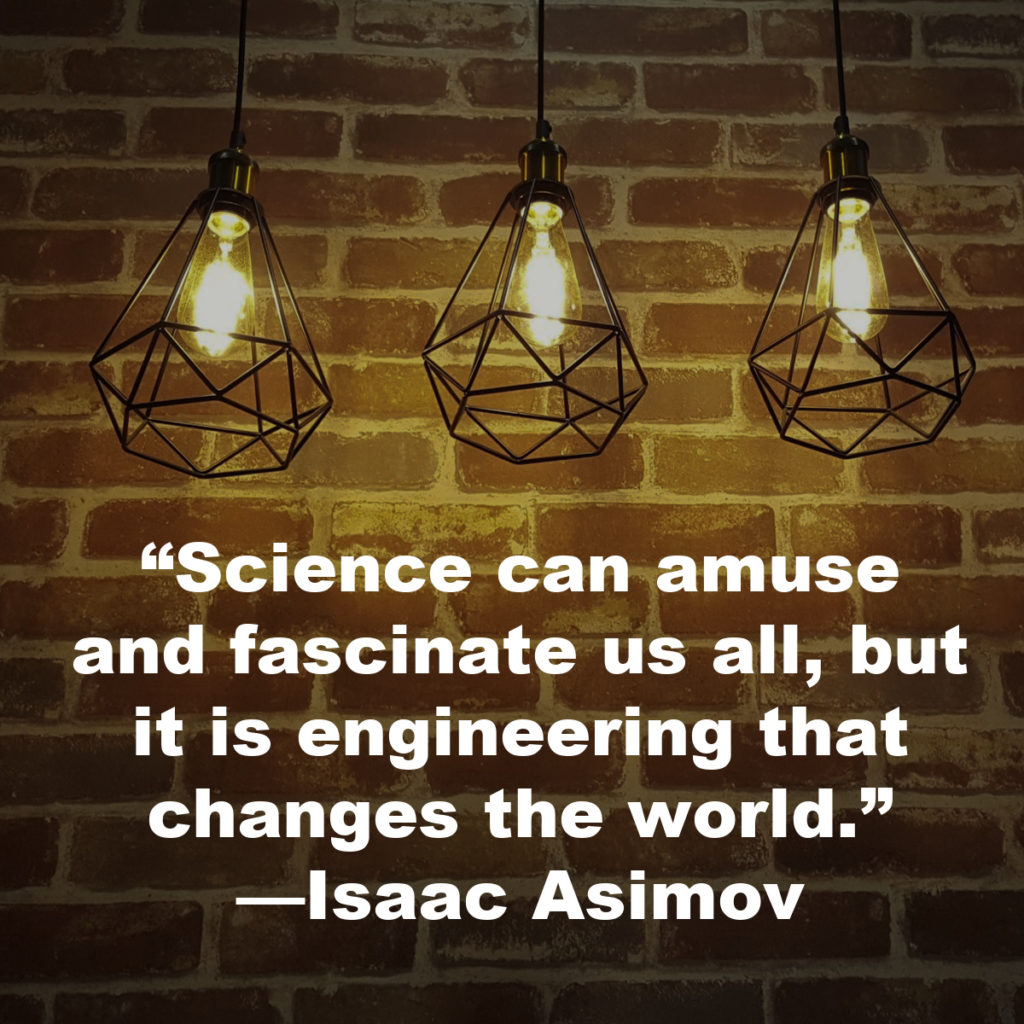
It was engineers who created the first tools, the first irrigation systems, the first engines, vehicles and many, many more inventions that make our life better every single day. Engineering has been around for 1000s of years and is a huge part of human history. Steam engines powered the industrial revolution, the invention of the wheel revolutionised transport and it is engineers who will play a vital part in working through our climate crisis. Today, we need engineers more than ever before!
Types of Engineering
There are lots of different fields of engineering encompassing everything from microscopic nanobots to the biggest industrial installations.
The below are just some of the different types of engineering. You can see that there’s a huge variety of options and endless possibilities for all types of engineer.
Civil Engineering
Civil engineers design, construct and maintain buildings and other structures such as roads, bridges and dams. This type of project usually benefits people, improving life for the general public.
Mechanical Engineering
Mechanical engineering is the design and maintenance of machinery including vehicles, machines used in industry and tools.
Biomedical Engineering
Biomedical engineers work to improve healthcare. This could be working on things like MRI scanners, creating prosthetic limbs, or even creating robots to operate or deliver medicine.
One very exciting field of biomedical engineering is tissue engineering which involves creating tissues in the lab to replace parts of the body. Imagine if we could grow whole new organs for people!
Chemical Engineering
Chemical engineers work with materials and chemicals to create useful products. Chemicals engineers will be vitally important in the future as they try to find sustainable alternatives to plastics and help create efficient renewable energy sources.
Electrical engineering
Electrical engineers work with electricity create new and inventive products. These can include everything from the smallest microchips to large industrial systems.
Computer Engineering
Computer engineers design computer systems, networks, software and hardware.
Environmental Engineering
Environmental engineers work to monitor, reduce and prevent pollution. They are also involved in cleaning up polluted areas.
Engineering through the ages
The Wheel
Who invented the wheel?
The oldest wheel to be discovered was a potters wheel in Mesopotamia from around 3500BC. It’s not known who invented the first wheel, but this simple invention changed the world!
Stonehenge
Stonehenge is an astonishing piece of engineering dating back to around 3100BC. It seems practically impossible that Stonehenge was built thousands of years before cranes, or any kind of power. No one knows how the huge stones were transported, but it is thought they were lifted upright using wooden frames and ropes. Construction of Stonehenge took 1500 years!

Pyramids of Giza
The Pyramids of Giza were built as tombs for the Pharaohs of Egypt around 2500BC. These monumentally impressive structures are an incredible feat of engineering and construction. No one really knows how they were built!
Aqueducts
Aqueducts use gravity to move water from a source to final destination. Roman aqueducts used tunnels and bridges as part of the transportation system.
The first aqueduct in Rome is thought to have been built around 310BC.

Archimedes Screw
The Archimedes Screw is a device invented around 250BC used for moving water upwards. Confusingly the Archimedes Screw was not necessarily invented by Archimedes, but is a useful device that is still used today.
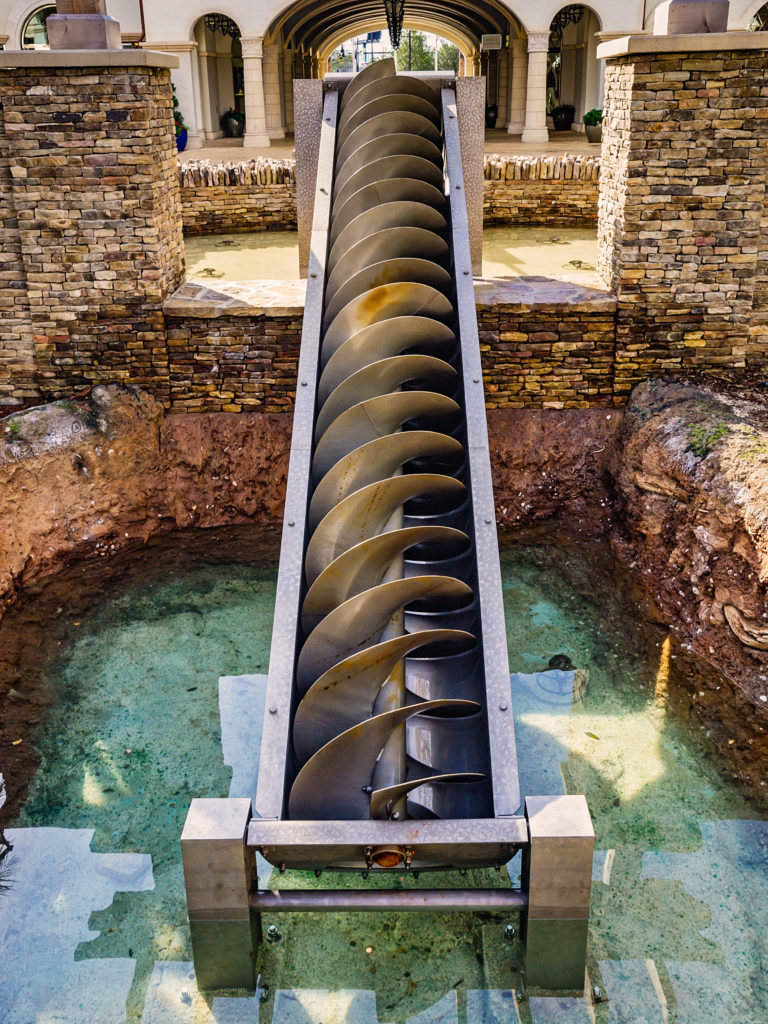
You can make your own Archimedes Screw using some plastic piping and a tube.
The Great Wall of China
The Great Wall of China is another incredible feat of engineering, and the longest ever piece of human construction. The oldest parts date back to around 206BC but construction continued right up to the 17th Century. The Great Wall is one of the new 7 Wonders of the World, a Unesco World Heritage Site and the longest artificial structure in the world!

The Thames Tunnel
The Thames Tunnel was the first tunnel to be built under water in the world and is still in use today! The tunnel opened in 1843 and was first used for pedestrians before being converted for use by trains. The tunnel was designed by Marc Isambard Brunel who created a device called the tunnelling shield to help with construction. More modern versions of this device are still used now.
Marc Brunel was helped by his son Isambard Kingdom Brunel with the project. Isambard later became chief engineer of the Great Western Railway which stretches from London to Bristol and Exeter. Isambard Kingdom Brunel is also famous for the Clifton Suspension Bridge in Bristol which at the time it opened ( 1864 ) was the longest bridge in the world.
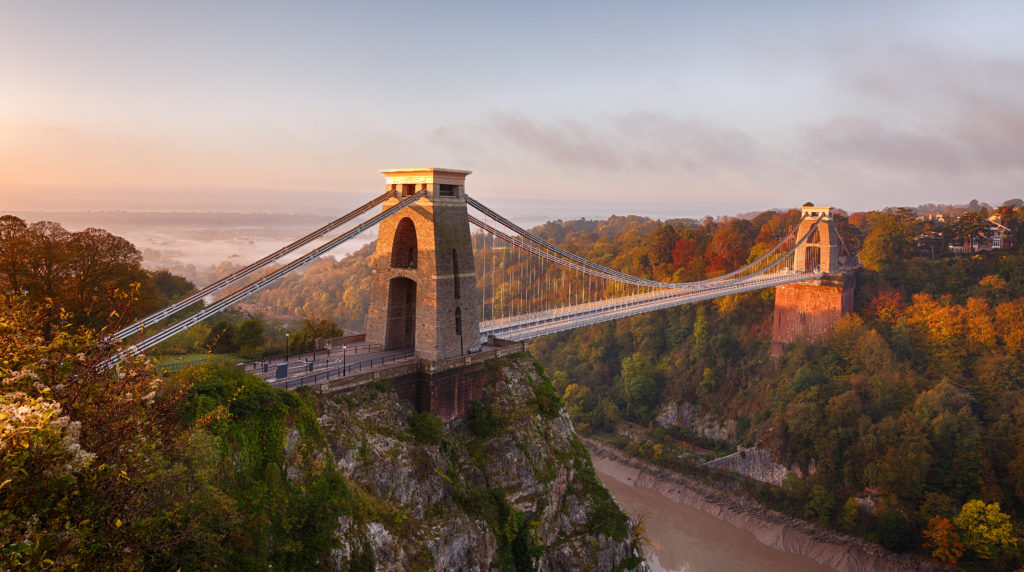
Trans-Siberian Railway
The Trans-Siberian railway is the worlds longest railway connecting Moscow to Vladivostock ( 5772 miles ). The railway line travels through forests, mountains and rivers which gave engineers involved in its construction many challenges to overcome. Additionally, Siberia is very, very cold so engineers had to consider the effect of melting and freezing permafrost on the track.
Hoover Dam
The Hoover Dam was built in the 1930s to provide hydroelectric power, prevent flooding and give the people of Las Vegas a reliable water supply to help with the irrigation of crops. It’s 200m thick at the bottom and 14 m thick at the top!
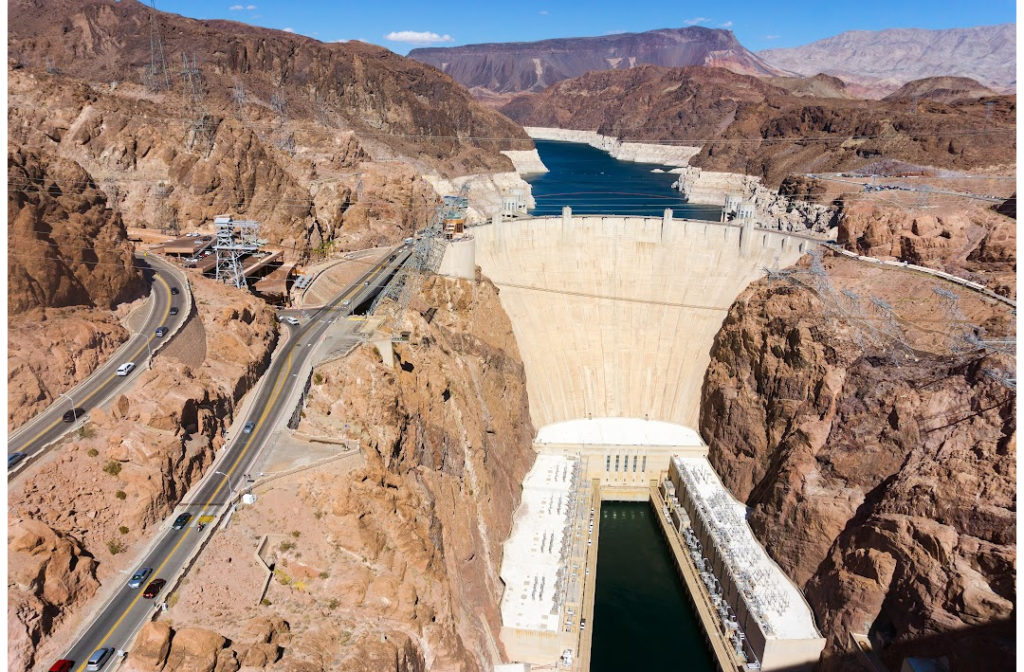
Hoover Dam straddles the Black Canyon of the Colorado River to create the US’s largest reservoir, Lake Mead. The dam is a gigantic concrete curve which holds back water while transmitting the pressure into the walls of the canyon.
Water released from the reservoir drives turbines to generate electricity!
In Vitro Fertilisation
You might think IVF is biology, not engineering but biomedical engineering is a fast growing field using engineering for medical purposes.
IVF was developed in the 1960s and 70s with the first IVF baby being born in 1978!
The Channel Tunnel – 1994
The Channel Tunnel is another feat of engineering and is the world’s longest, continuous undersea railway tunnel. It connects England to Northern France and is used for passengers and vehicles.
Construction took five years and the tunnel is one of the 7 Wonders of the Modern World.
International Space Station
The first module of the International Space Station was launched into space in 1998. The ISS is not only a massive engineering achievement but an impressive collaboration between sixteen nations! The space station was assembled in space sometimes by robotic arms and sometimes by humans. It is a true engineering masterpiece!
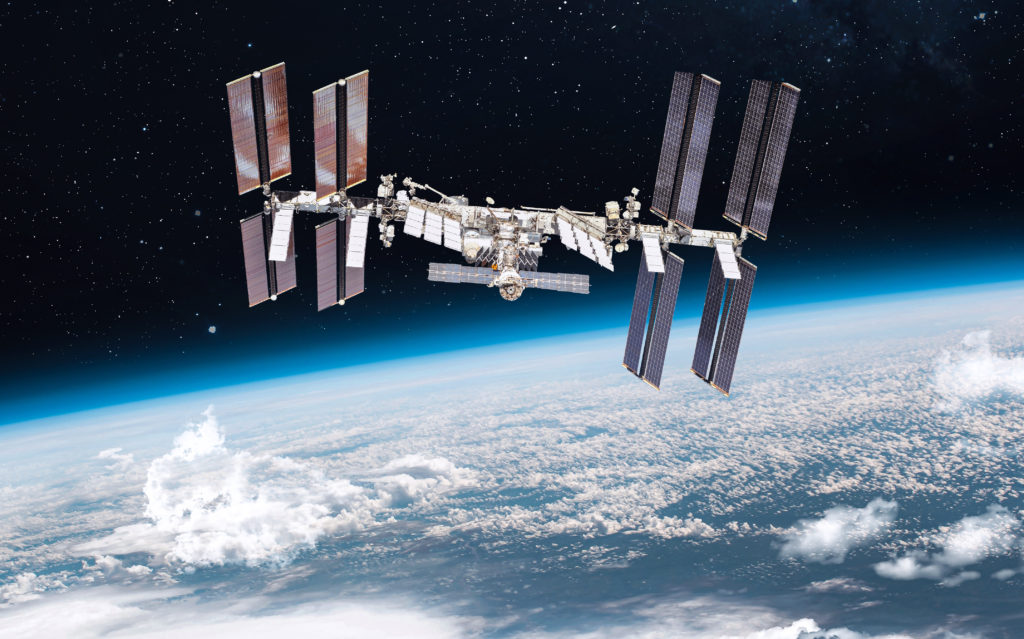
Did you know the space station orbits the Earth 16 times each day and is about as long as a football pitch?
Hong Kong-Zhuhai-Macau Bridge
The Hong Kong-Zhuhai-Macau Bridge ( opened in 2018 ) connects Hong Kong to China and is the world’s longest sea bridge. This engineering superstructure also contains an underground tunnel ( allowing ships to pass through ) and three artificial islands!
The bridge has been specially designed to withstand extreme weather and natural events such as typhoons and earthquakes!
More Human Feats of Engineering
Panama Canal
The Panama Canal was built at the start of the 20th Century to connect the Atlantic and Pacific Oceans for trade and travel purposes. Engineers had to consider differences in water levels, tricky terrain including lakes and mountains and landslides.
Bailong Elevator
The Bailong Elevator opened in 2002 and is the world’s tallest outdoor elevator. It’s not for those with a fear of heights as it reaches 326m high giving an incredible view over the Wuling Mountains in China.
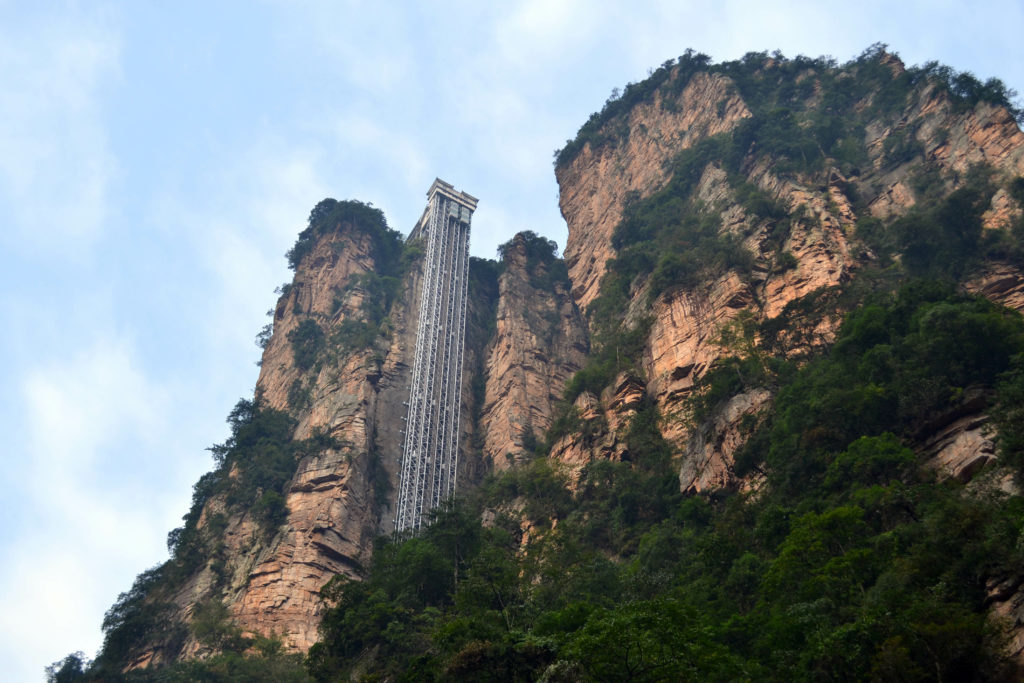
Itaipu Dam
Itaipu Dam, located on the Brazil-Paraguay border is one of the world’s largest hydroelectric power stations. The dam produces enough electricity to cover a large percentage of Paraguay’s needs.
How to get kids excited about engineering?
Engineering is all about designing, inventing and testing, so hands-on creative STEM projects are a great place to begin.
My easy engineering projects are fun, challenging and use equipment you probably already have. Learn about strong shapes with paper columns or egg shells, test different edible foundations in an earthquake and lots more!
The James Dyson website also has some simple challenges to get you started.
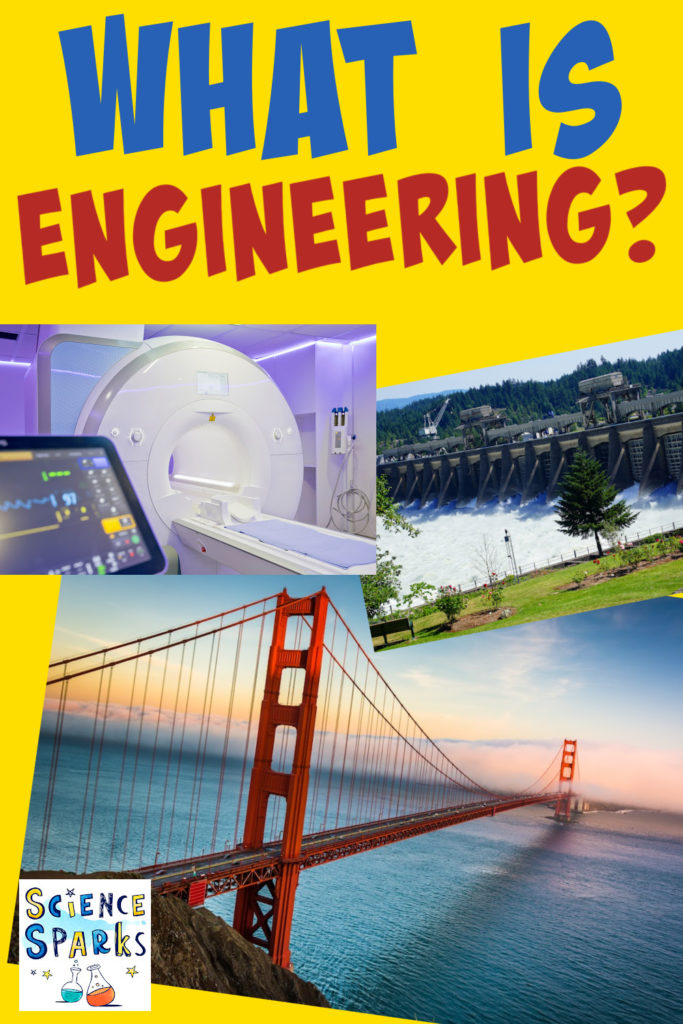
Last Updated on November 1, 2022 by Emma Vanstone

Leave a Reply